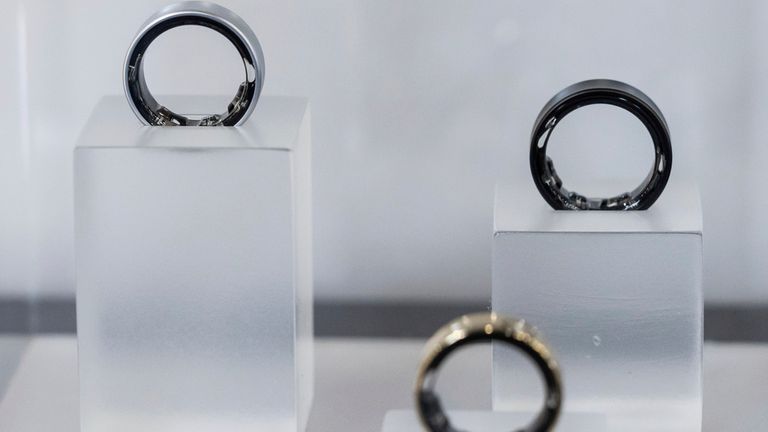Scientists and sci-fi fans alike have long hoped that Mars may have once been a warm and wet world like Earth in its distant past, possibly being host to life—sadly, that may not be the case.
According to a new paper in the journal Communications Earth & Environment, Mars may have always had the frigid environment it has today. This long cold history makes the possibility of life on Mars in the past much less likely.
Mars' atmosphere is thin, consisting of 95 percent carbon dioxide, as well as small amounts of nitrogen, and argon. Atmospheric pressure on Mars is only about 0.6 percent of Earth's, equivalent to the pressure found 20 miles above Earth's surface, and temperatures on Mars vary greatly, from as low -195 degrees F at the poles during winter to a maximum of 68 degrees F near the equator in summer.
Today, water on Mars exists primarily as ice, in polar ice caps and subsurface ice deposits.
According to the new study, scientists compared the soil in Mars' Gale Crater—collected by NASA's Curiosity Rover—with soil from sites on Earth. Gale Crater is located near the Martian equator, measuring about 96 miles across, and is thought to have been formed by a meteorite impact about 3.5 to 3.8 billion years ago.
"Gale Crater is a paleo lake bed—there was obviously water present. But what were the environmental conditions when the water was there?" study author Anthony Feldman, a soil scientist and geomorphologist currently at the Desert Research Institute in Las Vegas, said in a statement.
"We're never going to find a direct analog to the Martian surface, because conditions are so different between Mars and Earth. But we can look at trends under terrestrial conditions and use those to try to extrapolate to Martian questions."
The samples taken by the Curiosity Rover give scientists an insight into what Mars' environment was like between 3 and 4 billion years ago, which was when water was present in the area, and also around the time when life first emerged on our own planet.
Curiosity has found a number of "X-ray amorphous materials" in the crater, which are soil components that don't have the repeating atomic structure usually seen in minerals. This means that X-ray diffraction can't be used to figure out exactly what these materials are. Curiosity found that between 15 and 73 percent of the soil and rock samples in the crater were made up of these materials.
"You can think of X-ray amorphous materials like Jell-O," Feldman said. "It's this soup of different elements and chemicals that just slide past each other."
Curiosity's analysis therefore couldn't pinpoint exactly what the X-ray amorphous materials were, but could establish that they were rich in iron and silica, but low in aluminum.
The scientists tested earth soils in three locations to see if they also contained similar X-ray amorphous materials, which could reveal the environmental conditions required for these materials to arise in the Gale Crater on Mars.
They took samples from western Nevada, the Tablelands of Gros Morne National Park in Newfoundland, Canada, and Northern California's Klamath Mountains, and analyzed the soils using both X-ray diffraction analysis and transmission electron microscopy.
The analysis revealed that the soils from Newfoundland were the most similar to those from Gale Crater, as they also possessed the X-ray amorphous materials without crystalline structure.
"This shows that you need the water there in order to form these materials," Feldman said. "But it needs to be cold, near-freezing mean annual temperature conditions in order to preserve the amorphous material in the soils.
"There's something going on in the kinetics—or the rate of reaction—that is slowing it down so that these materials can be preserved over geologic time scales," Feldman said. "What we're suggesting is that very cold, close to freezing, conditions, is one particular kinetic limiting factor that allows for these materials to form and be preserved."
Therefore, conditions on Mars in the past weren't exactly a tropical paradise, and were likely extremely cold even billions of years ago.
"This study improves our understanding of the climate of Mars," Feldman said. "The results suggest that the abundance of this material in Gale Crater is consistent with subarctic conditions, similar to what we would see in, for instance, Iceland."
Do you have a tip on a science story that Newsweek should be covering? Do you have a question about Mars? Let us know via science@newsweek.com.
Disclaimer: The copyright of this article belongs to the original author. Reposting this article is solely for the purpose of information dissemination and does not constitute any investment advice. If there is any infringement, please contact us immediately. We will make corrections or deletions as necessary. Thank you.



